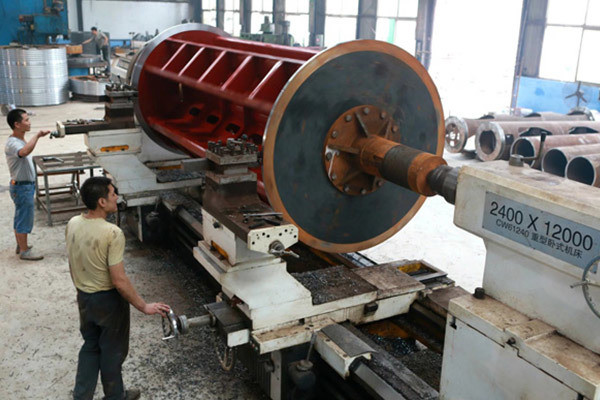Essential Insights into Cable Pulling Equipment for Electrical Professionals
Release time:
2025-06-15
Cable pulling equipment is indispensable in the electrical and electronics industry, especially when it comes to installing cables in various environments. Whether for residential, commercial, or industrial applications, using the right tools can significantly enhance the effectiveness and safety of your projects. Understanding the different types of cable pulling equipment can help electrical pro

At its core, cable pulling involves the use of specialized tools designed to facilitate the smooth and safe installation of electrical cables, wires, and conduits. Among the most common types of cable pulling equipment are cable pullers, which come in manual or electric forms. Manual pullers require physical effort, making them suitable for lighter installations, while electric pullers are designed for heavy-duty applications, allowing for quicker and more efficient operations.
Another essential piece of cable pulling equipment is the cable lubricant. Proper lubrication minimizes friction, allowing cables to glide smoothly through conduits and reducing the risk of damage during installation. It is crucial for professionals to understand the compatibility of the lubricant with different cable materials to ensure optimal performance and cable longevity.
In addition to pullers and lubricants, various accessories enhance the cable pulling process. For example, cable grips, also known as wire grips or cable socks, provide a secure hold on the cable during the pulling process. These grips help distribute the tension evenly, preventing damage to the cable insulation and ensuring safer handling. Furthermore, using a set of appropriate pulling eyes or hooks can also assist in managing heavy cables, providing additional safety and ease during installation.
Safety is paramount when working with cable pulling equipment. Professionals must adhere to industry standards and practices to mitigate risks associated with electrical installations. Proper training in handling these tools is essential, as misuse can lead to injuries or accidents. Additionally, ensuring that all equipment is regularly inspected and maintained can prevent malfunctions that may pose safety hazards on the job site.
In summary, understanding the various types of cable pulling equipment, their applications, and safety considerations is essential for electrical professionals. By utilizing the right tools and techniques, you can streamline cable installations, enhance safety, and ultimately improve the quality of your electrical work. Familiarizing yourself with these aspects will not only boost your operational efficiency but also ensure that you deliver high-quality results in your projects.
TAG:
Previous
Previous Page:
Recommend News
HEXING CABLE MACHINERY
TEL: +86-317-3601666, +86-317-3236119
FAX: +86-317-3618408
E-MAIL: china@hbhxdg.cn
E-MAIL: hbhxdg@gmail.com
WEB: http://www.hbhxdg.cn
ADD: Baoantun Industrial Zone, Hejian City, Hebei Province

